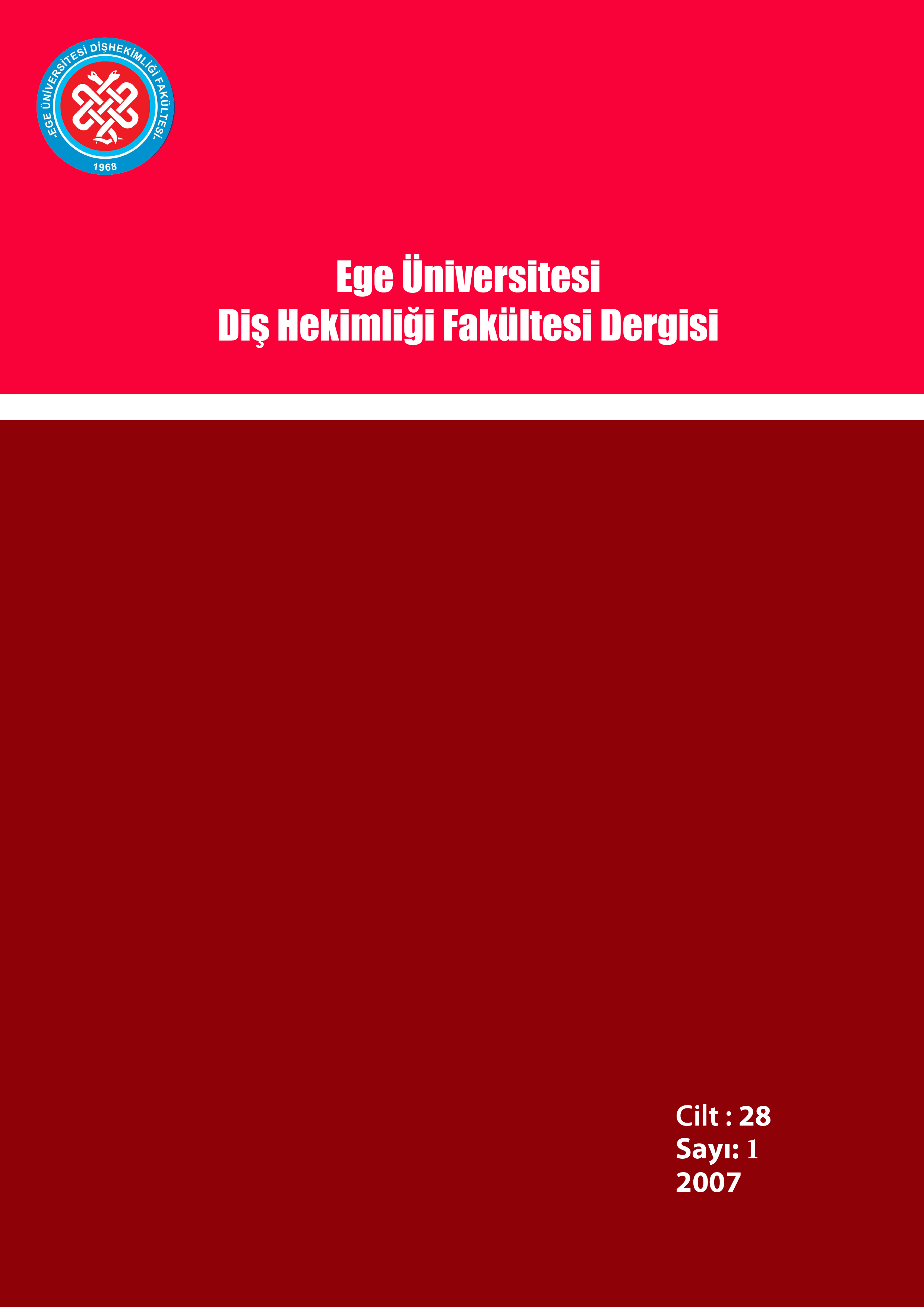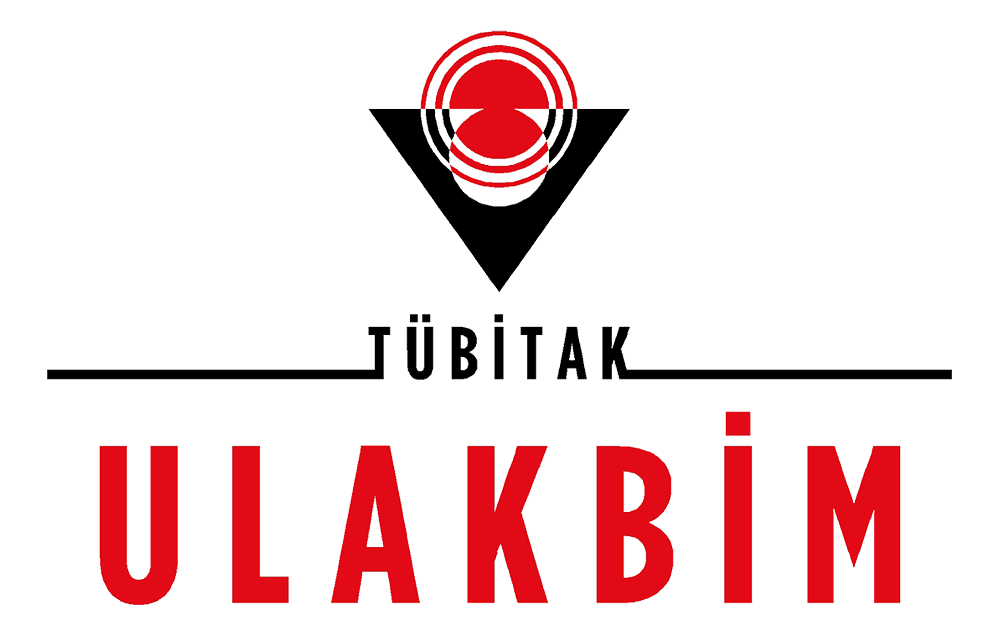
Bu eser Creative Commons Alıntı-GayriTicari-Türetilemez 4.0 Uluslararası Lisansı ile lisanslanmıştır.
In Vivo Evaluation of Dentin Caries by Dental Students Using a Caries Detector Dye
R. Banu Ermiş1, Günseli Katırcı1, Hikmet Orhan21Süleyman Demirel Üniversitesi, Dişhekimliği Fakültesi, Diş Hastalıkları Ve Tedavisi Ad, Isparta2Süleyman Demirel Üniversitesi, Ziraat Fakültesi, Biyometri Ad, Isparta
Aim: To evaluate dentin caries in prepared cavities using a caries-detector dye and in addition, to compare results of caries detection using conventional method and a caries detector dye performed by students, a doctorate student and an associate professor.
Methods: 557 cavities prepared by students were checked using conventional method and Caries Detector. The relationship between staining and tooth type, upper or lower jaw, cavity type, cavity depth and localization of staining were determined. When caries removal was completed using conventional method by students, cavities were reevaluated by instructors. Results of caries detection performed by the two methods were compared with McNemar and chi square tests.
Results: Class II and deep cavities were the most staining cavities by Caries Detector at first and second checks. Caries and staining were determined 30% and 34% of cavities by instructors, respectively, which were indicated as ‘no decay’ using conventional method by students (p= 0,00).
Conclusion: Using a caries detector dye in caries diagnosis may be useful in inexperienced clinicians’ education.
Dişhekimliği Öğrencileri Tarafından Dentin Çürüğünün Bir Çürük Saptayıcı Boya ile İn Vivo Olarak Değerlendirilmesi
R. Banu Ermiş1, Günseli Katırcı1, Hikmet Orhan21Süleyman Demirel Üniversitesi, Dişhekimliği Fakültesi, Diş Hastalıkları Ve Tedavisi Ad, Isparta2Süleyman Demirel Üniversitesi, Ziraat Fakültesi, Biyometri Ad, Isparta
Amaç: Prepare edilmiş kavitelerdeki dentin çürüğünün bir çürük saptayıcı boya kullanılarak değerlendirilmesidir. Ayrıca dentin çürüğünün teşhisinde öğrencilerin, bir doktora öğrencisinin ve bir öğretim üyesinin geleneksel yöntem ve çürük saptayıcı boya ile elde ettikleri sonuçların karşılaştırılmasıdır.
Yöntem: Öğrenciler tarafından prepare edilen 557 kavite, geleneksel yöntem ve çürük saptayıcı boya ile kontrol edildi. Boyanma ile diş tipi, alt veya üst çene, kavite tipi, kavite derinliği ve boyanmanın lokalizasyonu arasındaki ilişki değerlendirildi. Öğrenciler tarafından geleneksel yöntemle çürüğün uzaklaştırıldığı kaviteler doktora öğrencisi ve öğretim üyesi tarafından tekrar değerlendirildi. Her iki çürük saptama yöntemiyle elde edilen sonuçlar McNemar ve ki kare testleri ile karşılaştırıldı.
Bulgular: Sınıf II ve derin kaviteler, çürük saptayıcı boya ile 1. ve 2. kontrollerde en fazla boyanan kavitelerdi. Öğrenciler tarafından geleneksel yöntemle çürük olmadığı belirtilen kavitelerin doktora öğrencisi ve öğretim üyesi tarafından %30’unda çürük ve %34’ünde boyanma saptandı (p= 0,00).
Sonuç: Çürük teşhisinde çürük saptayıcı boyaların kullanılması deneyimsiz klinisyenlerin eğitiminde faydalı olabilir.
Manuscript Language: Turkish










